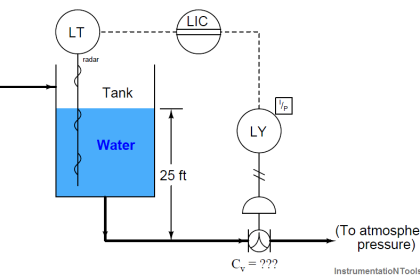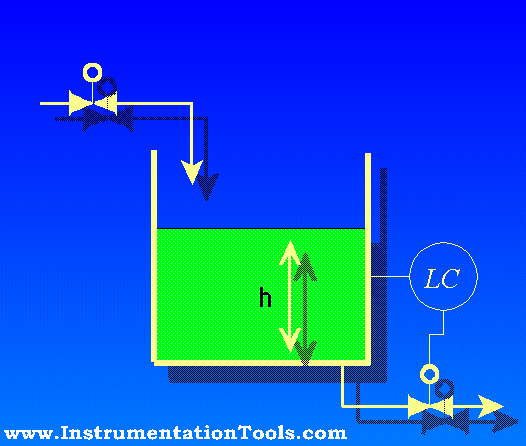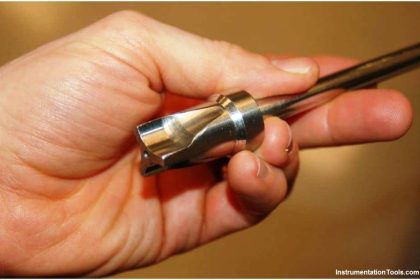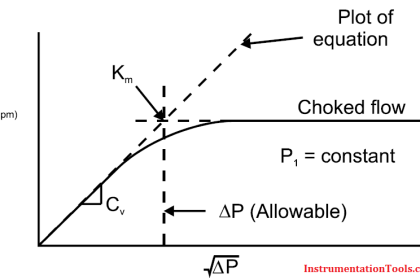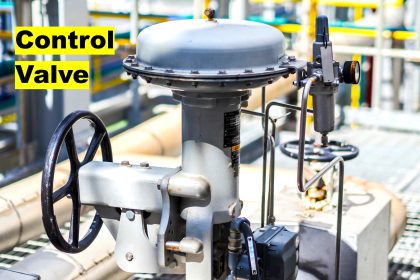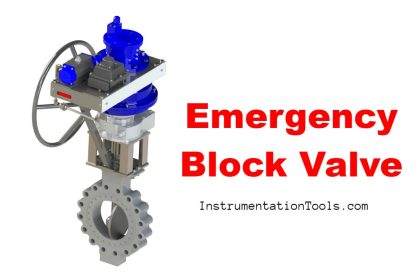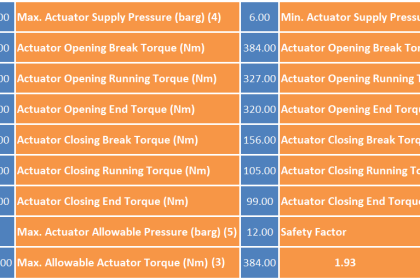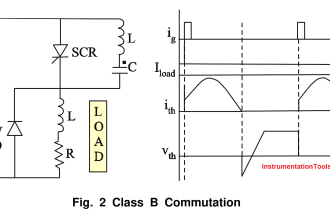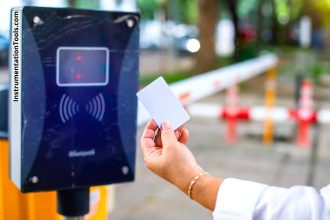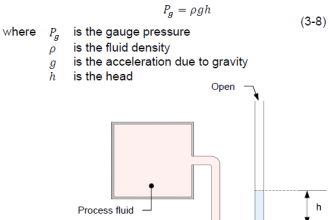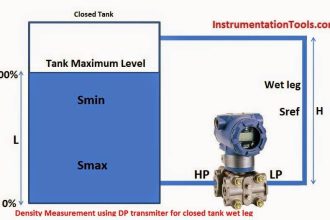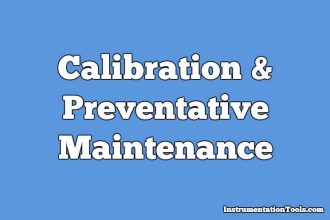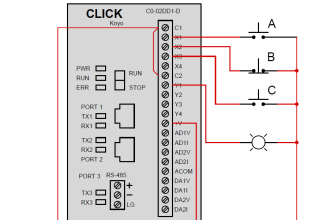Piping class shall be used as a reference to select ball valve material with its related pressure and temperature ratings. The below ball valves material selection is for information and indicative only.
Ball Valve Materials
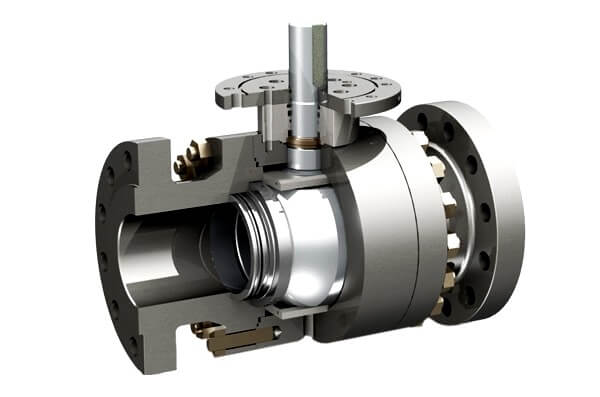
All material that will be used in sour or corrosive application shall follow the limitation stated in the NACE MR 0175 standards.
The usage of 316 SS, duplex, and its families shall take into account a chloride content of the service fluid since these materials is having a strict limitation to use under such conditions.
Seat insert material shall be selected as per valve manufacturer recommendation based on service temperature, pressure, and fluid compatibility.
Metal seated ball valves (ball valve with metal seat ring only without seat insert) is recommended for dirty fluid application such as multiphase well fluid, crude oil, etc or any application that the seat insert material can’t be used anymore due to very abrasives or high temperature services.
Cast and forged material are interchangeable.
Seat insert material shall be selected as per valve manufacturer recommendation based on service temperature, pressure, and fluid compatibility.
Typical Ball Valve Material Selection |
||||||
| Material Type | Body | Ball | Stem | Seat Ring | Seat Insert |
Usage |
| Carbon Steel | ASTM A352 gr. LCC (Low Temp CS), A-216 WCB, A-216 WCC | 316 S.S | 316 S.S | 316 S.S | Manufacture Standard (Note 4 & 5) | Sour-Hydrocarbons, Glycol, Produced water, Amines, Closed Drain, Wash Water, Fresh Water, Potable Water, Instrument Air, Utility Air, Nitrogen |
| Stainless Steel | 316 S.S | 316 S.S | 316 S.S | 316 S.S | Manufacture Standard (Note 4 & 5) | Lube Oil, Seal Oil, LNG (Cryogenic Services) |
| Incoloy or Inconel | UNS N08825 or A-350 LF2, A-216 WCB with UNS N06625 Overlay | UNS N06625 | UNS N07718 | UNS N06625 | Manufacture Standard (Note 4 & 5) | Corrosive Wet-Sour Hydrocarbons, Produced Water, Closed Drains |
| Bronze | BRONZE (UNS C95800) | BRONZE (UNS C95800) | BRONZE (UNS C95800) | BRONZE (UNS C95800) | Manufacture Standard (Note 4 & 5) | Open Drains, Deck Drains, Sea Water, Firewater |
| Duplex & Super Duplex | ASTM A890 GR. 4A (UNS J92205) (Duplex~22% Cr), ASTM A182 GR. F53 (UNS S32750) or F55 (UNS S32760) (Super Duplex~25% Cr) | ASTM A182- F51, F53, F55 | ASTM A276 UNS S31803, S32750, S32760 | ASTM A182- F51, F53, F55 | Manufacture Standard (Note 4 & 5) | Sour & Corrosive Hydrocarbon, Sea Water |
| 6 Moly SS | UNS S31254 (6 Moly Stainless Steel) | UNS S31254 | UNS S31254 | UNS S31254 | Manufacture Standard (Note 4 & 5) | Sour & Corrosive Open Drains, Deck Drains, Sea Water, Firewater |
Articles You May Like :
Pressure Control Valve Testing
Relief Valve Material Selection
What is 5 Port 2 Position Valve
Introduction to Control Valves

